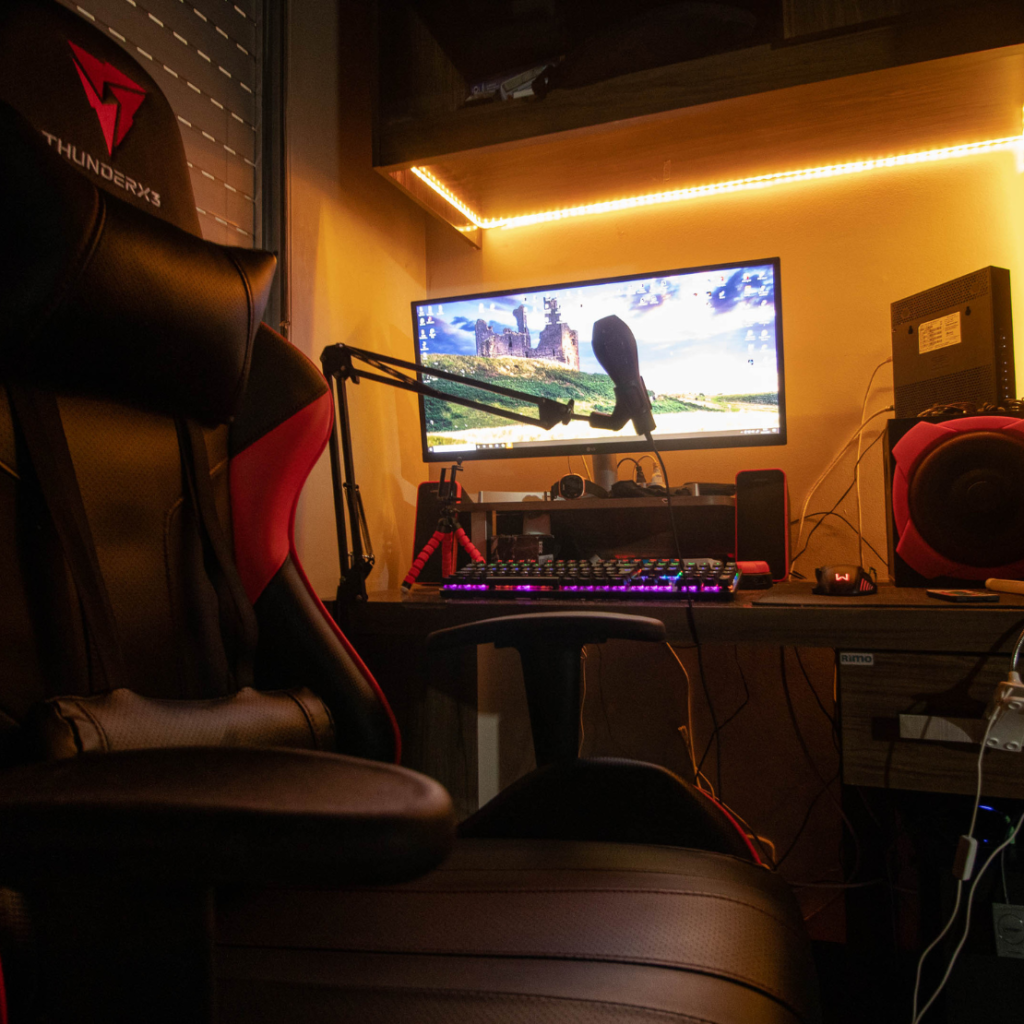The Benefits of Using WordPress for Gaming Websites
In today’s digital landscape, gaming websites have become a thriving platform for engaging audiences, promoting content, and building gaming communities. Whether you’re a developer showcasing your latest creation, a blogger sharing gaming news, or a streamer growing your audience, choosing the right platform to build your website is crucial. WordPress stands out as an excellent choice for gaming websites. Here’s why:
1. Ease of Use
WordPress is renowned for its user-friendly interface, making it accessible for beginners and experts alike. With its intuitive dashboard, you can easily add pages, post blogs, upload images, and manage your gaming website without needing extensive coding knowledge. This simplicity ensures you can focus more on creating gaming content rather than struggling with technical complexities.
2. Customization and Flexibility
Gaming websites often require a unique and vibrant design to reflect the excitement and creativity of the gaming world. WordPress offers thousands of themes and plugins that allow you to customize your website according to your needs. Whether you need a sleek forum for gamers, a store to sell merchandise, or a blog for gaming guides, WordPress has options to suit your vision.
3. Cost-Effectiveness
For those starting out, budget constraints can be a significant concern. WordPress is a cost-effective solution as it’s free to use. You only need to invest in a domain name and hosting service. Additionally, many free themes and plugins are available, enabling you to build a professional-looking website without breaking the bank.
4. Responsive Design
A gaming audience is diverse and often accesses websites on various devices, from desktops to smartphones. WordPress themes are designed to be mobile-responsive, ensuring your site looks great and functions seamlessly on all screen sizes. This responsiveness enhances user experience and keeps visitors engaged.

5. SEO-Friendly Features
Search engine optimization (SEO) is essential for driving traffic to your gaming website. WordPress is inherently SEO-friendly, with clean code and options to optimize metadata, headings, and images. Additionally, plugins like Yoast SEO help you further refine your content to rank higher in search results, making your website more discoverable to gamers worldwide.
6. Community and Support
The WordPress community is vast and active, offering extensive support to users. If you encounter any issues while setting up or managing your gaming website, you can find solutions through forums, tutorials, and guides. This robust support network ensures you’re never stuck for long.
7. Integration with Gaming Tools
WordPress allows seamless integration with gaming-specific tools and services. You can embed streams from Twitch or YouTube, incorporate leaderboards, or set up multiplayer gaming forums. These features create a dynamic and interactive environment for your audience.
Conclusion
For anyone looking to create a gaming website, WordPress offers unparalleled benefits. Its ease of use, customization options, cost-effectiveness, and integration capabilities make it the perfect platform for catering to gaming enthusiasts. Whether you’re building a community, sharing gaming news, or promoting your gaming brand, WordPress empowers you to achieve your goals with style and efficiency.
If you’re ready to take your gaming website to the next level, WordPress is your ultimate ally. Start building your platform today and let your gaming content shine!







